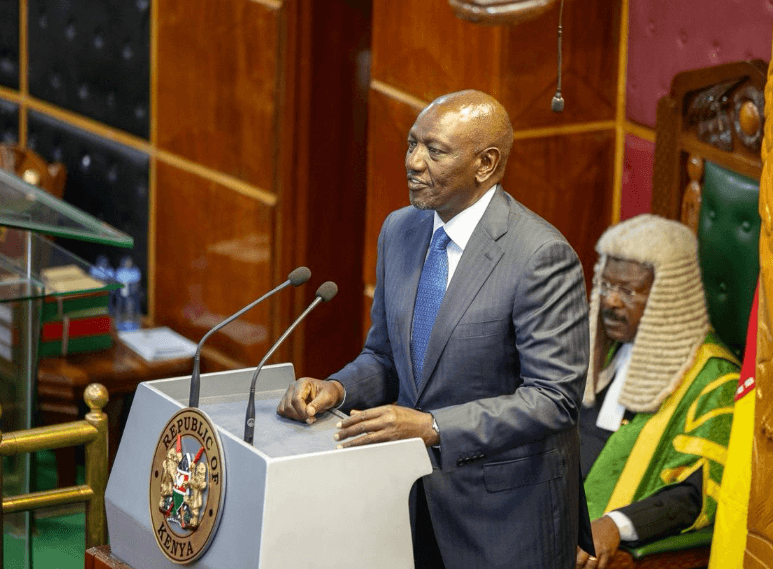The timeless wisdom held within the natural world underscores the indispensable role trees play in sustaining human life. As a divine gift, they stand as sentinels of our existence, silently rendering panoply of irreplaceable services. Trees lie at the very nexus of our interconnected web of life. They are the quiet alchemists, purifying the air we breathe by absorbing carbon dioxide and exhaling life-giving oxygen, a gift no human can survive without. In their towering branches and sheltering canopies, they offer habitats to a vast array of wildlife, from chirping birds to industrious insects, magnificent mammals, and the intricate world of fungi, all intertwining in a delicate balance that preserves our ecosystem's health.







![[PHOTOS] Betty Bayo laid to rest in Kiambu](/_next/image?url=https%3A%2F%2Fcdn.radioafrica.digital%2Fimage%2F2025%2F11%2F3b166e2e-d964-4503-8096-6b954dee1bd0.jpg&w=3840&q=100)







